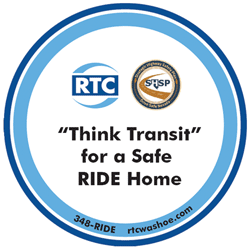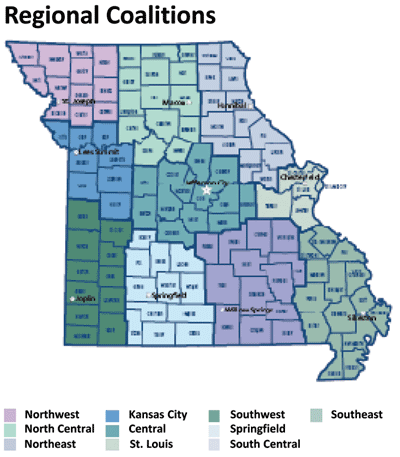A Systems Approach to Project Selection
Original publication: SHSP Implementation Process Model, Supplement Number 1 – Case Studies; FHWA-SA-10-025; 2010(PDF, 1MB)
Key Accomplishments
- Made a paradigm shift to a safe systems approach to HSIP project selection.
- Established a process for the DOT Central Office to nominate HSIP projects based on objective criteria.
- Implemented a process to review all transportation projects with respect to safety and to add safety improvements to the scope where beneficial.
- Achieved high annual expenditures of HSIP obligations.
Historically, States focused problem identification analysis on fatal crashes to identify locations for the Highway Safety Improvement Program (HSIP). This long-standing practice was reinforced by Federal agencies’ performance goals focusing on fatal crash reduction. Fatal crashes should be a foundation of the process, but not the exclusive focus.
To reduce the tendency to “chase fatalities and injuries,” Utah is adopting a proactive and preventive “safe systems” approach. The SHSP process provided focus and guidance for the Utah Department of Transportation’s (UDOT) migration to this approach. The State has fundamentally changed the way crash problems are addressed leading to a comprehensive approach to the HSIP.
Historically, all or most projects were nominated by regions or districts. Through this new, broader approach, UDOT now analyzes Statewide data and the Central Office nominates half of the safety projects Statewide. This is a fundamental change in UDOT’s safety planning culture. Bringing the Central Office into the project selection process helps to avoid regional political issues and pressures and encourages objectivity. The deciding factor for project selection is not which entity is submitting the project, but which project has the most favorable benefit/cost ratio.
The UDOT Central Office reviews every project, not just safety-specific projects, to determine safety deficiencies and, if necessary, adds safety-related improvements to the project scope. To resolve complaints that too much money was being spent on safety to the detriment of pavement preservation, exceptions were made when an element fit into a UDOT project programmatic focus area (e.g., rumble strips), which meant the element would have been added anyway. Exception requests can also be considered if the cost of the safety improvement is significant (i.e., 20 percent or more of the total project cost).
Results
Utah has moved towards a safe systems approach to developing transportation projects. It is now standard practice to consider systematic safety solutions. As a result, the State maintains a high annual expenditure of HSIP obligations.
Contact:
Robert Hull
Director, Traffic and Safety Division
Utah DOT
801-965-4273
rhull@utah.gov



